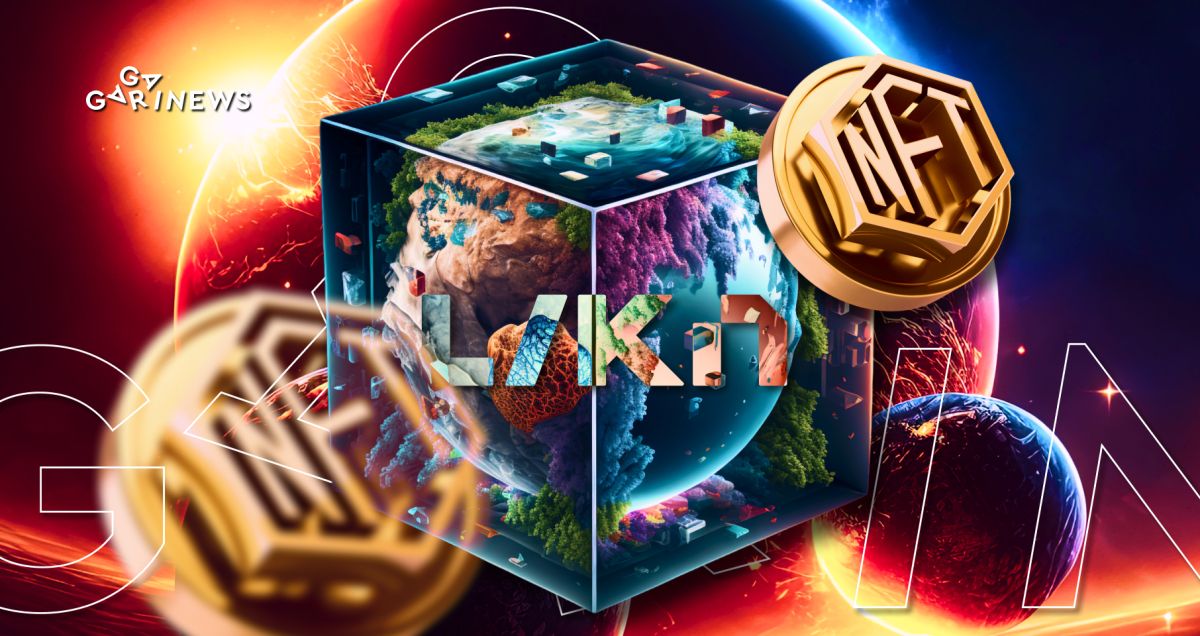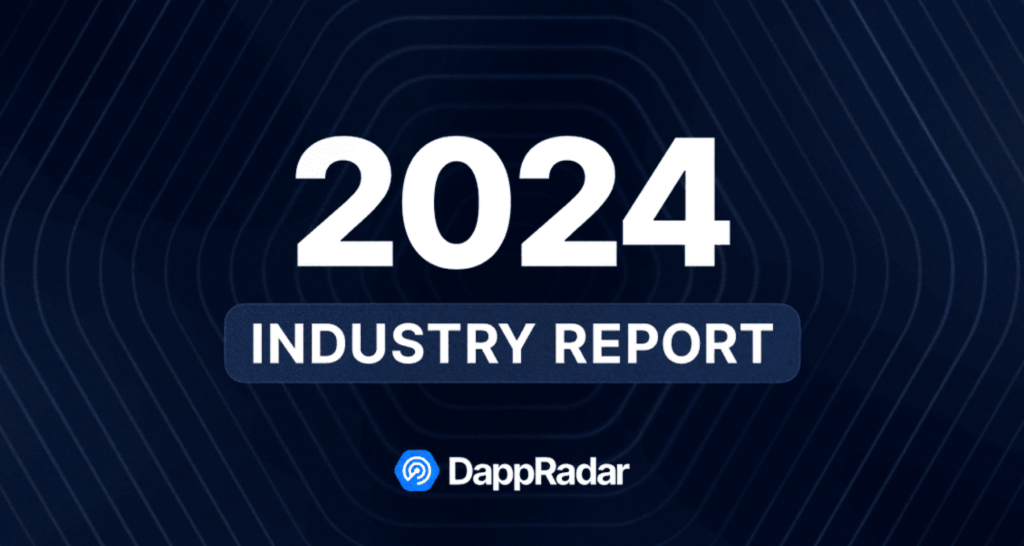LIKN: Move Your Content to Web3

LIKN is a trailblazing blockchain protocol that seamlessly moves any form of content from Web2 to Web3. The platform harnesses the power of artificial intelligence, specifically GPT-4, to transform the content into an NFT with bespoke metadata. AI’s integration into the entire service spectrum is unmatched, ranging from verifying copyright ownership to providing user assistance on the platform.
LIKN burst onto the scene in February 2023. The platform’s standout features include its free-of-charge service and the absence of gas fees. When minting an NFT, it's imperative to set a royalty rate—the percentage an artist earns from each resale of their work. The platform suggests a rate of 2.5%.
A line for conversion of Web2 content to Web3 on the LIKN site.
What sets LIKN apart from other NFT platforms?
LIKN employs artificial intelligence and URLs to streamline and expedite the NFT creation process, enhancing accessibility for users. You can use a URL from virtually any platform, such as Google Doc, Notion, ClickUp, Figma, Twitter, YouTube, TikTok, Medium. According to LIKN's website, this procedure takes a mere five seconds.
While LIKN provides a proprietary application for publishing Web2-to-Web3 converted content, NFTs can automatically be made available for sale on the Rarible marketplace. Future plans include facilitating synchronization with OpenSea, LooksRare, and other similar platforms.
LIKN application for NFT publications and browsing
What sets LIKN apart is its decentralized access control and the dynamic upgradability of its non-fungible tokens.
Decentralized access control enables users to regulate who views their content, possibly limiting visibility to the owner alone. Dynamic upgradability means that even as the developers fine-tune the database's operation algorithms, users can still engage with the platform.
Another key feature identified by the protocol's creators is the decentralized storage and enduring nature of content. In this setup, all data belongs to the users, remaining unaffected by any centralized account management activities.
Crafting an NFT with LIKN
We decided to put the new protocol to the test and share our insights from each step.
The process began on the likn.co website, where we inserted the URL of our content into the main page's input field and hit ‘Create your LIKN'.
Contrary to the anticipated 5 seconds, GPT-4 spent 20 seconds scrutinizing the link, culminating in the appearance of a content card accompanied by a ‘Free mint Now' button.
As the link directed to a textless Instagram photo, the AI struggled to form an apt description for the image and misstated the publication date.
Consequently, the subsequent page that appeared after pressing the free minting button required manual entry of the title, description, and tags.
To advance to the settings page, you are prompted to connect your crypto wallet with the platform. This step links your profile to the wallet address and, for safety measures, we chose to connect a Metamask wallet with a zero balance. It's worth noting the website emphasizes a cost-free service: a claim we were keen to investigate.
Next, we selected an image for our future NFT, chose the desired blockchain (Ethereum or Polygon), set the price and royalty percentage, activated synchronization with Rarible, and finally chose between public or private access. Having done this, the ‘Create' button was ready to be clicked.
This action prompts a popup window to appear with the following message.
This notification suggests that to mint an NFT, a transaction must be sent. Regrettably, we were left waiting for the final outcome as the processing stalled at the second step. If it is indeed the author's responsibility to send the transaction, the question arises as to whom and for what purpose, especially given the previously mentioned free minting and lack of gas fees. Furthermore, no transaction notifications surfaced in our crypto wallet.
This hurdle might stem from the fact that the platform did not specify the token ID and contract address when setting up our NFT. There was no option for manual entry either. Yet, these fields are completed in the examples provided on the LIKN site.
In addition to this, we were curious to see the results of inserting a URL of content owned by a different individual. It turned out that it was indeed possible to create a LIKN card for non-owned content, which could then be set up for NFT conversion. However, the AI supposedly checks for any copyright breaches according to the project’s premise.
To sum up, the saying holds true that there's no such thing as a free lunch. However, we encourage you to undertake your own tests. By then, the developers might have ironed out the current issues.
The content on The Coinomist is for informational purposes only and should not be interpreted as financial advice. While we strive to provide accurate and up-to-date information, we do not guarantee the accuracy, completeness, or reliability of any content. Neither we accept liability for any errors or omissions in the information provided or for any financial losses incurred as a result of relying on this information. Actions based on this content are at your own risk. Always do your own research and consult a professional. See our Terms, Privacy Policy, and Disclaimers for more details.
































